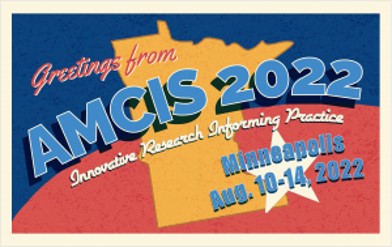Conference Theme Track - Innovative Research Informing Practice
Loading...
Paper Type
Complete
Paper Number
1353
Description
Now accounting for more than 80% of a firm's worth, brands have become essential assets for modern organizations. However, methods and techniques for the monetary valuation of brands are still under-researched. Hence, the objective of this study is to evaluate the utility of explanatory statistical models and machine learning approaches for explaining and predicting brand value. Drawing upon the case of the most valuable English football brands during the 2016/17 to 2020/21 seasons, we demonstrate how to operationalize Aaker's (1991) theoretical brand equity framework to collect meaningful qualitative and quantitative feature sets. Our explanatory models can explain up to 77% of the variation in brand valuations across all clubs and seasons, while our predictive approach can predict out-of-sample observations with a mean absolute percentage error (MAPE) of 14%. Future research can build upon our results to develop domain-specific brand valuation methods while enabling managers to make better-informed investment decisions.
Recommended Citation
Caron, Matthew; Bartelheimer, Christian; and Mueller, Oliver, "Towards a Reliable & Transparent Approach to Data-Driven Brand Valuation" (2022). AMCIS 2022 Proceedings. 10.
https://aisel.aisnet.org/amcis2022/conf_theme/conf_theme/10
Towards a Reliable & Transparent Approach to Data-Driven Brand Valuation
Now accounting for more than 80% of a firm's worth, brands have become essential assets for modern organizations. However, methods and techniques for the monetary valuation of brands are still under-researched. Hence, the objective of this study is to evaluate the utility of explanatory statistical models and machine learning approaches for explaining and predicting brand value. Drawing upon the case of the most valuable English football brands during the 2016/17 to 2020/21 seasons, we demonstrate how to operationalize Aaker's (1991) theoretical brand equity framework to collect meaningful qualitative and quantitative feature sets. Our explanatory models can explain up to 77% of the variation in brand valuations across all clubs and seasons, while our predictive approach can predict out-of-sample observations with a mean absolute percentage error (MAPE) of 14%. Future research can build upon our results to develop domain-specific brand valuation methods while enabling managers to make better-informed investment decisions.
When commenting on articles, please be friendly, welcoming, respectful and abide by the AIS eLibrary Discussion Thread Code of Conduct posted here.



Comments
Res Infor Practice